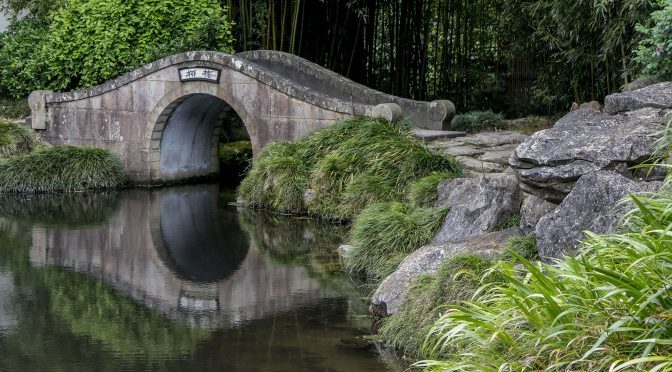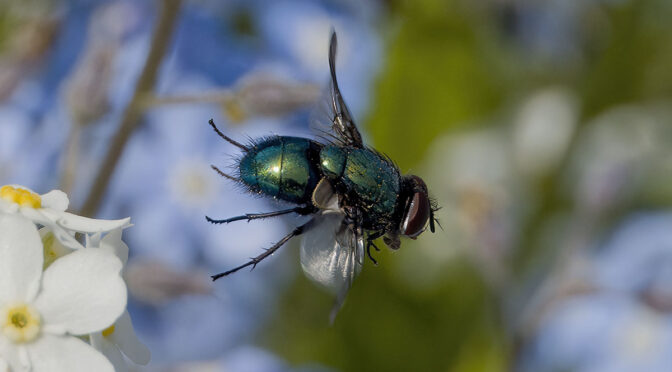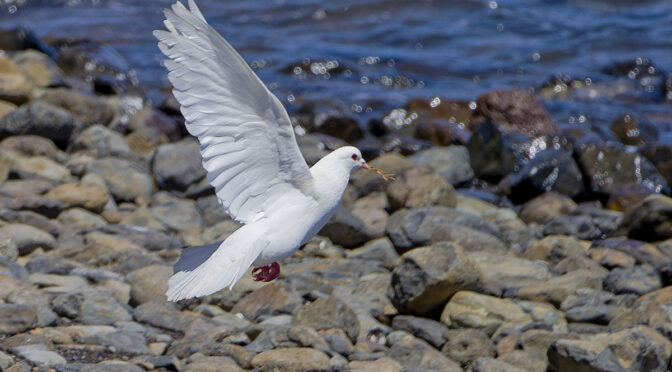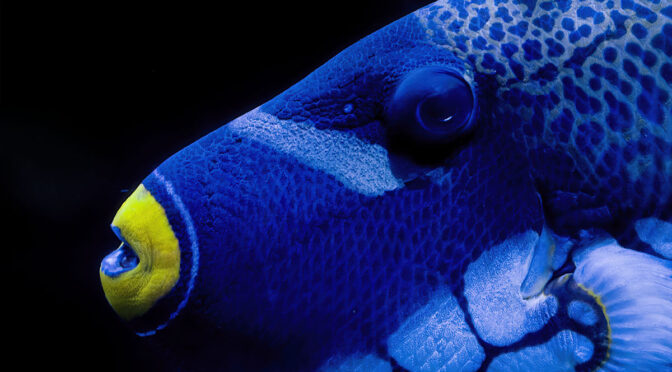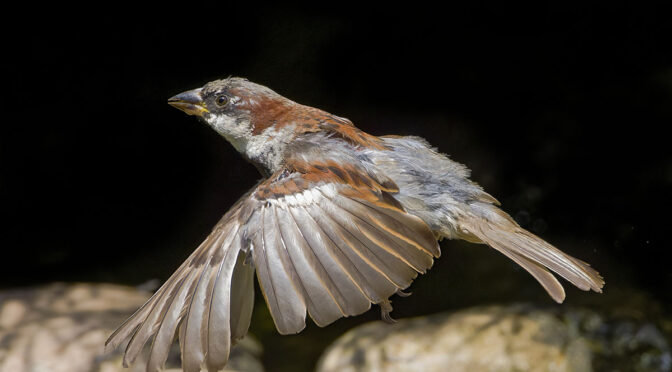There are many composition approaches that can be used with photography, including using reflections of birds and other subjects on the surface of calm water.
Category Archives: Photography Techniques
Pushing Boundaries
Pushing boundaries with whatever we do in life is a fundamental part of personal growth, and part of the journey of self-discovery. For many, pushing boundaries is how they evaluate success.
Overreliance on C-AF
As photographers many of us have an overreliance on C-AF (continuous auto focus) and on occasion may sub-optimize our image capturing potential. Sometimes this happens when we lose sight of our photographic objectives, and fall into habitual ways of using our camera gear.
Photographing Aquarium Fish
This short article discusses photographing aquarium fish and provides some basic technique tips that can be utilized for this subject matter. Images featured in this article were captured last week at a public zoo.
Focus and Recompose Technique
Focus and recompose technique is something that was very commonly used back in the days when DSLRs only had a limited number of auto-focus points, mainly clustered around centre frame.
Handheld Telephoto Tips
This article features some basic handheld telephoto tips that can be used to help avoid arm fatigue when using larger, heavier lenses. Now that I’m in my 70s I still use the same basic technique that I’ve utilized for many years. There are a few things that I’ve added to help me shoot with the M.Zuiko 150-600 mm f/5-6.3 IS zoom lens for extended periods of time.
Slow Shutter Speeds at Bird Kingdom
During a recent visit to Bird Kingdom I decided to experiment with slow shutter speeds when photographing various birds, and a few reptiles.
Bees with 150-600
This article features a selection of images of bees captured handheld with the M.Zuiko 150-600 mm f/5-6.3 IS zoom lens.
BIF Shutter Speeds
BIF shutter speeds are often discussed amongst bird photographers. While there certainly are variations in approach, there are also some general guidelines that many photographers follow.
1680 EFOV Handheld Technique
This article discusses how I adjusted my 1680 mm efov handheld technique when using the M.Zuiko 150-600 mm f/5-6.3 IS zoom lens with the M.Zuiko MC-14 teleconverter. While I wouldn’t normally use this set-up for birds in free flight, there are times when it comes in handy when photographing birds or insects taking flight from a distant perched position.

